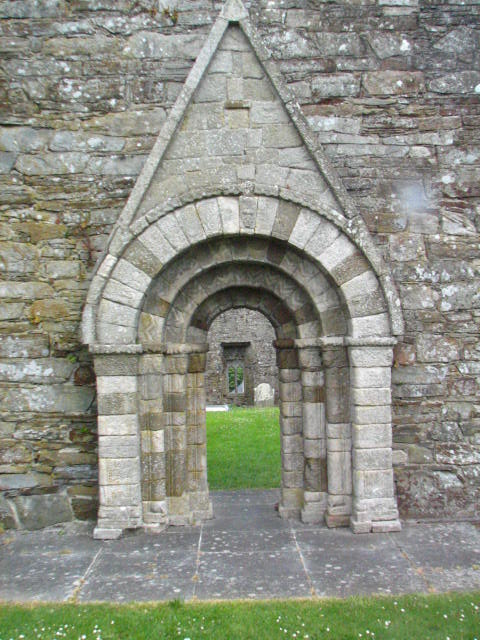Killeshin Church
The earliest definitive reference we have for Killeshin as a monastic settlement comes from the Annals of the Four Masters in 843 A.D, in which it is recorded that Aedhan of Gleann Uisean died in that year. In 1041 Gleann-Uisean, was plundered by the son of Mael-na-mbo in revenge for the slaying of his brother Domhnall Reamhar (‘The Fat’) and the burning of Ferns by Murchadh mac Mael Dubh.
Killeshin Church is located near Killeshin village, on the south bank of the Fushoge River (a tributary of the Barrow), about 5 km (3 mi) west of Carlow town. A ringfort, known as Killeshin moat, stands to the southeast.
To find out more about it try 101 Historic Curiosities of County Laois by Sean Murray
